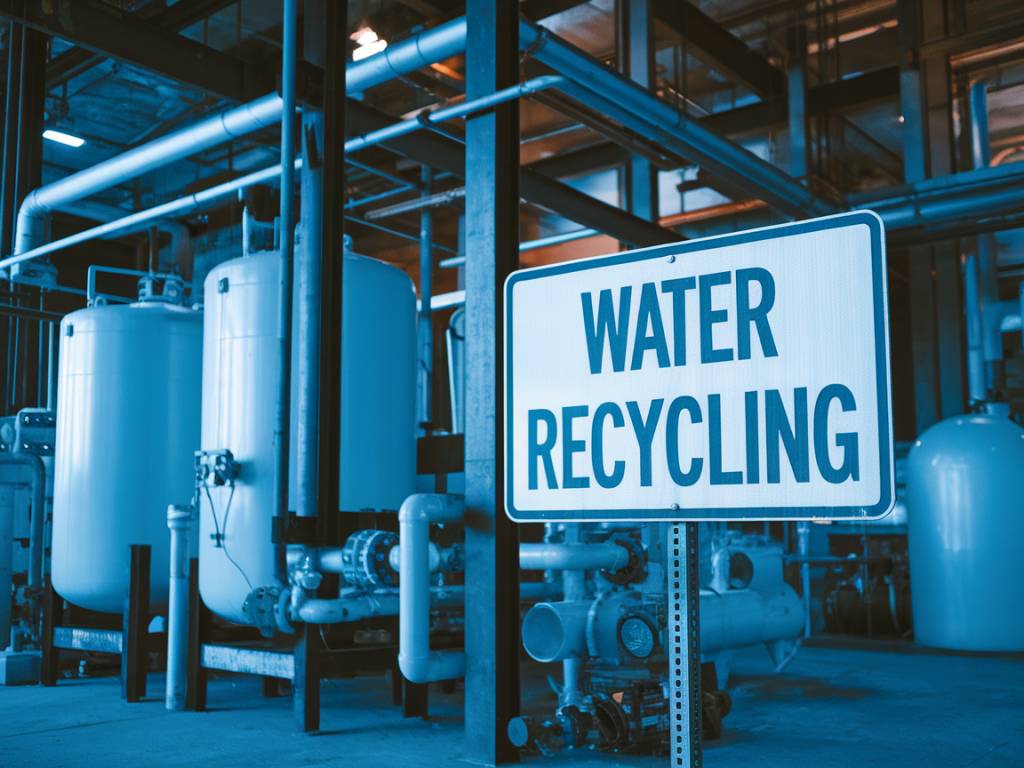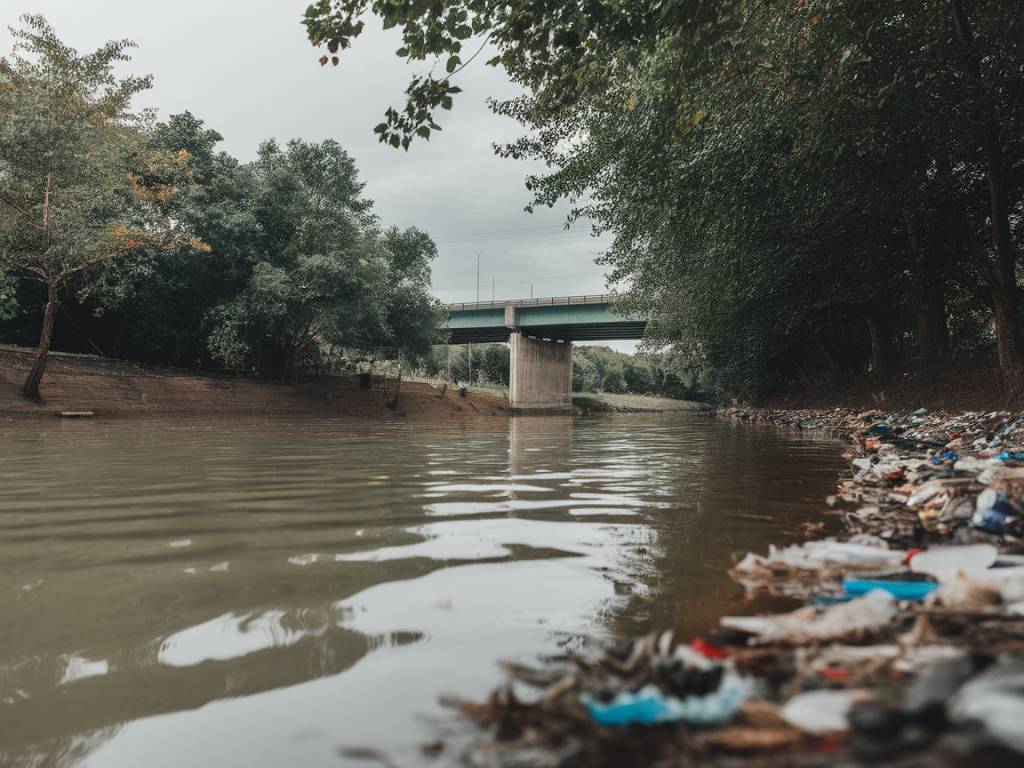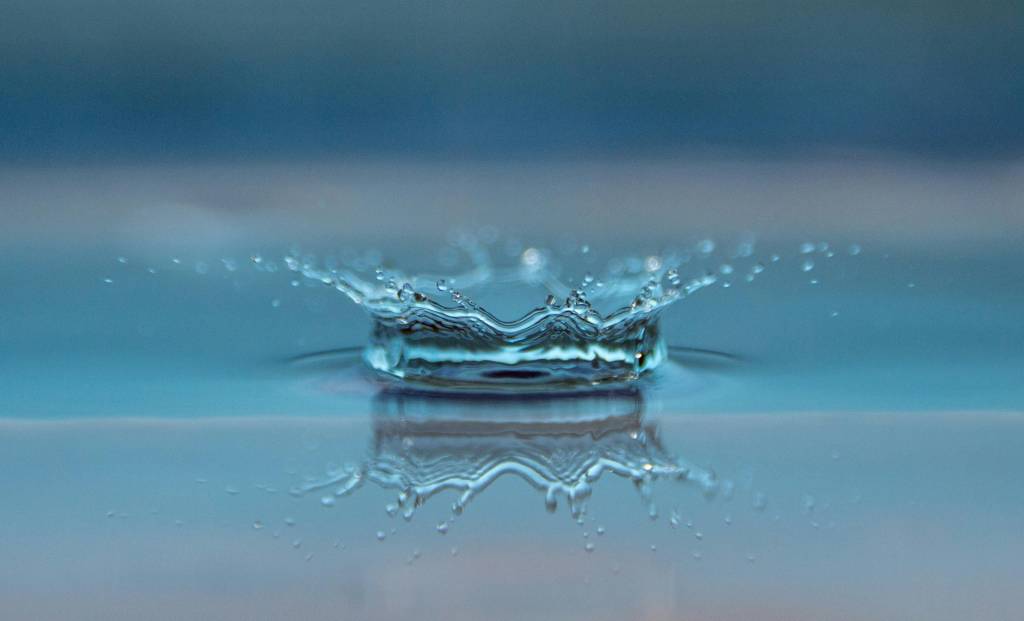In the vast tapestry of our world’s ecosystems, water is a thread that stitches together life, industry, and nature itself. As industries expand and evolve, their relationship with this most precious resource requires not only management but innovation. How can industries, the titans of productivity, refine their water recycling practices to become stewards of sustainability? This exploration delves into the ripples and currents of technological promise, environmental responsibility, and the harmonious dance of efficiency and conservation.
Understanding the Importance of Water Recycling in Industry
Picture a bustling river, vibrant with energy as it carves its way through the landscape. Now imagine this river within the walls of a factory, its flow representing the water cycling through various processes. Industries such as manufacturing, textiles, and food production are particularly water-intensive and generating substantial waste water. Effective water recycling can transform this picture, turning a potential torrent of waste into a sustainable stream.
Why does it matter? Simply put, water is finite. As planetary populations surge and climate unpredictabilities rise, efficient use and reuse of water become imperative. Water recycling reduces fresh water consumption, minimizes waste, and lowers sewage costs, all of which contribute to a healthier planet and a more robust bottom line for businesses.
The Technological Symphony of Water Recycling
Innovation takes center stage as we turn to technologies that orchestrate the cleaner use of water. Advanced filtration systems, membrane technology, and biological treatments are some of the virtuosos in this symphonic effort.
Take membrane filtration, for instance. This method plays with permeability, allowing clean water to pass through semi-permeable membranes while trapping undesirable particles. It’s akin to nature’s own selective absorption, a filter in the capillaries of leaves.
Then there are biological treatment plants that mimic natural ecosystems. Here, microorganisms harmonize to consume contaminants, converting them into less harmful substances. It’s an ecological ballet, a dance reminiscent of how wetlands purify water in the wild.
Real-World Examples: Industrial Water Recycling Initiatives
As we navigate the vast ocean of possibilities, it’s exhilarating to witness industries that have set their sails towards sustainable horizons.
- Tesla’s Gigafactory: In the desert expanses of Nevada, Tesla’s Gigafactory serves as a beacon of environmental innovation. The factory employs closed-loop water systems, recycling water up to 30 times before discharge. Such practices dramatically reduce freshwater requirements, embodying efficiency and foresight.
- PepsiCo’s Green Initiatives: Within the bustling bottling plants of PepsiCo, water conservation is pivotal. Through its ‘Performance with Purpose’ program, PepsiCo aims to replenish watersheds and innovate in water usage. Their recycling efforts have led to a reduction in water use intensity by 25% from a 2006 baseline.
Strategies for Enhancing Industrial Water Recycling
What steps can industries take to magnify their water recycling efforts? It begins with a commitment, evolves with innovation, and flourishes through collaboration.
First, understanding water usage down to the last drop is critical. Comprehensive audits can highlight waste streams that are ripe for reclamation. Armed with this data, industries can then implement tailored recycling technologies that best fit their unique processes.
Next, training and engaging employees in the mission of water sustainability creates a culture of conservation. When workers recognize that every valve, washer, and pump is part of a broader ecological narrative, they can become passionate custodians of the resource.
Lastly, partnerships with other industries, governments, and tech companies can create a network of shared knowledge and innovative breakthroughs. By pooling resources and ideas, the seemingly daunting task of improving water recycling becomes an achievable collective endeavor.
The Delicate Balance of Economic Viability and Environmental Responsibility
Is it possible for industries to be both economically viable and environmentally responsible? Indeed, the sweet spot lies at their intersection. Water recycling is not just an expense but an investment. It curbs long-term operational costs, shields businesses from regulatory fines, and enhances corporate reputation in an increasingly eco-conscious consumer landscape.
The key is to craft a strategy where every drop saved echoes the gentle lapping of sustainability at the shorelines of industrial growth.
In conclusion, there’s a symphonic synergy that can be achieved when industries reevaluate and enhance their water recycling practices. As they weave water preservation into their core operations, they join a larger chorus singing the praises of sustainability. This harmony, composed of technological innovation, environmental stewardship, and economic sensibility, invites a future where both industry and nature flourish in synchrony.




